March has passed, but it left behind some fantastic new Japanese learning resources in its wake. In addition to the helpful apps and websites that usually grace our screens, we also found a conversational podcast and a book about kanji! Let's check them out.
- The Kanji Code
- Niai
- Benkyou
- Kana - Hiragana and Katakana
- Decks (Memrise)
- Terrace House: Opening New Doors, Part 6
- Ainori: Love Wagon: Asian Journey, Season 2
The Kanji Code
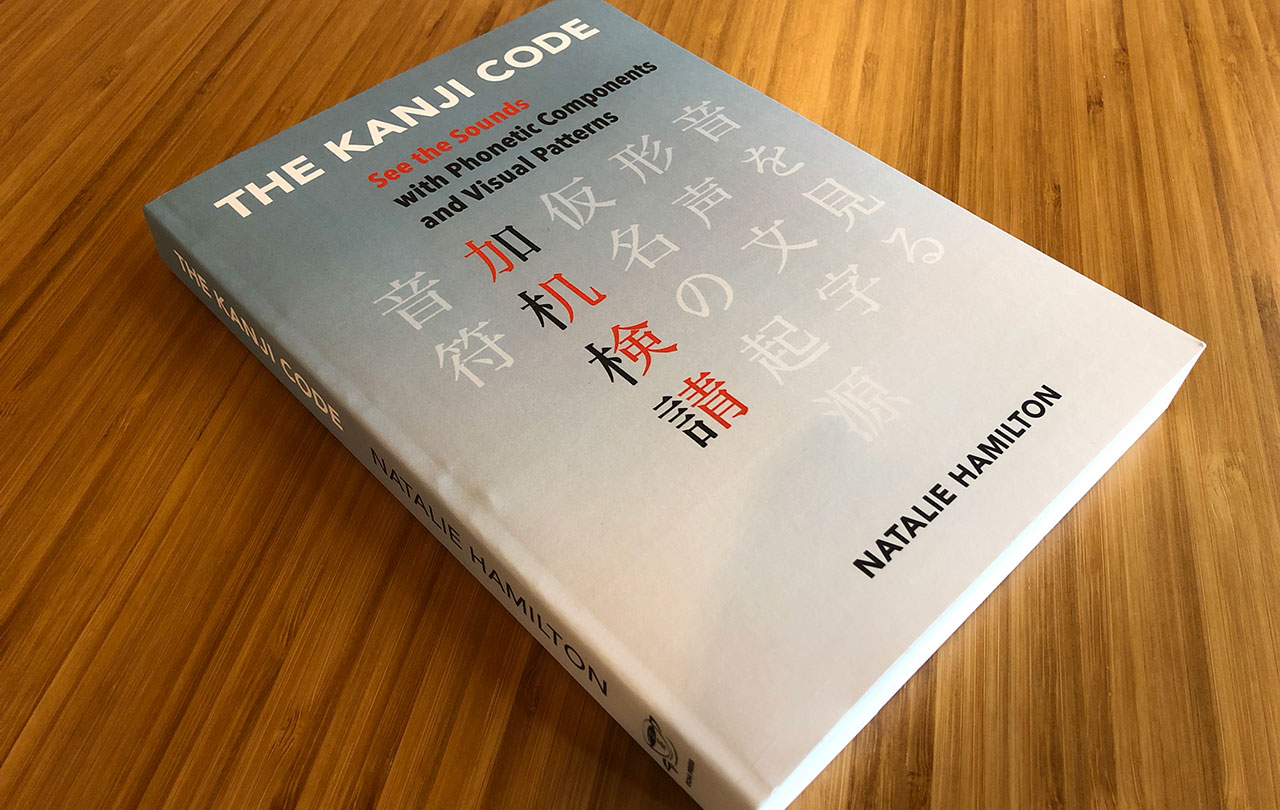
The debut book from new publisher Ocha Press, The Kanji Code is all about learning kanji on'yomi readings by using phonetic and visual components. Similar to how Heisig's Remembering the Kanji uses mnemonics to help students memorize kanji meanings, The Kanji Code tries a different but parallel method for learning the writing system.
In The Kanji Code, kanji are divided into three reading categories:
1. Kanji used to create kana scripts (hiragana and katakana)
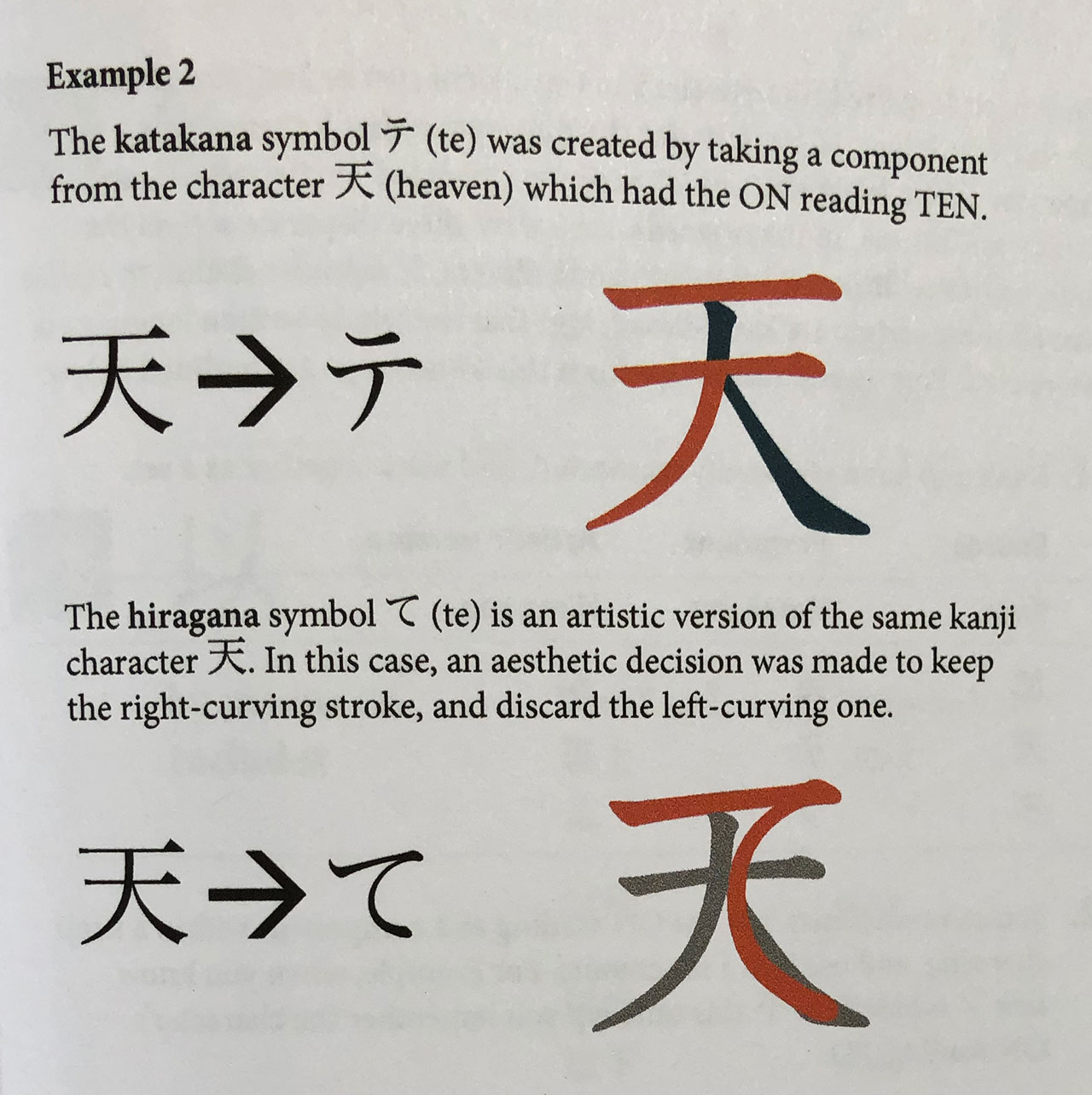
Hiragana and katakana were originally created out of components of certain kanji characters, and this section teaches you the readings of those kanji. The book includes helpful images of each character, with the kana it created on top of it in red. It also provides examples of words that utilize these readings, as well as their English translations.
2. Kanji that share phonetic components and/or radicals
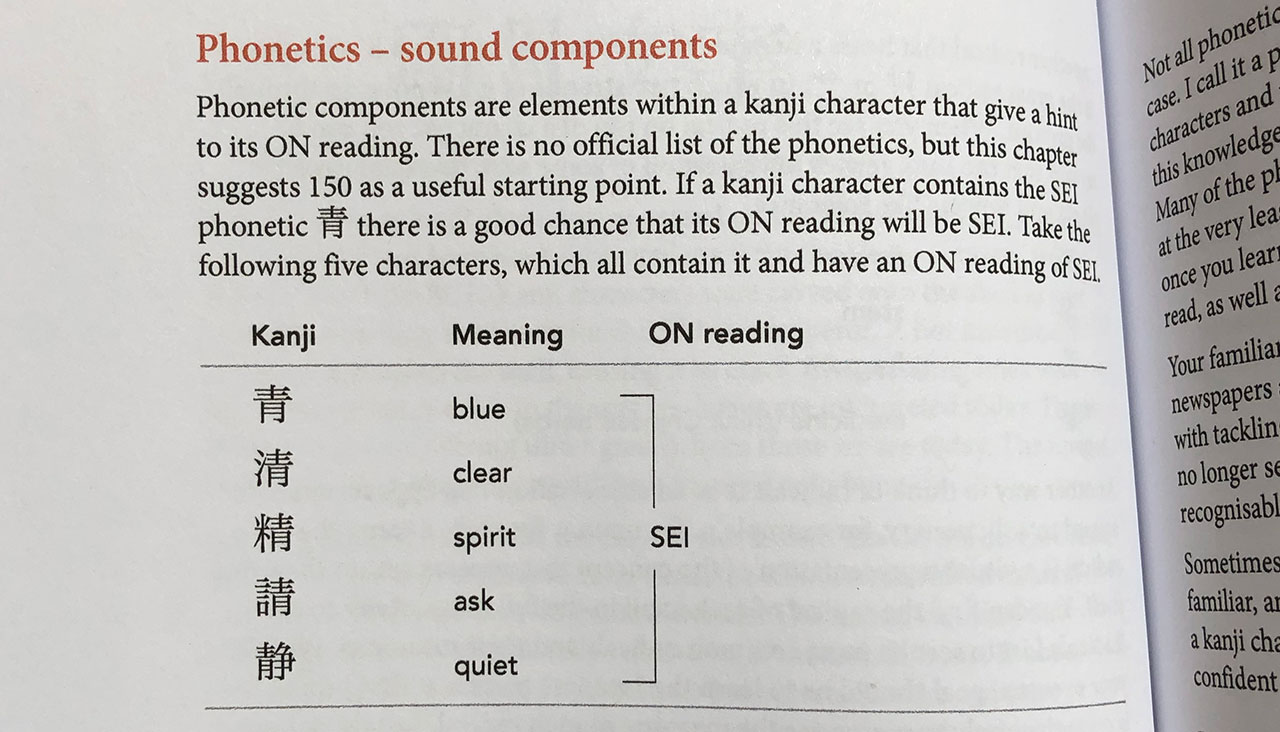
This section consists of kanji that share phonetic components—pieces of the character that clue you into how they are read. These can be radicals, entire kanji, or simply components: pieces the kanji share that may or may not have a name by themselves. Each kanji lists an English meaning and some example words that use the on'yomi readings they share.
3. Kanji that share visual or artistic patterns
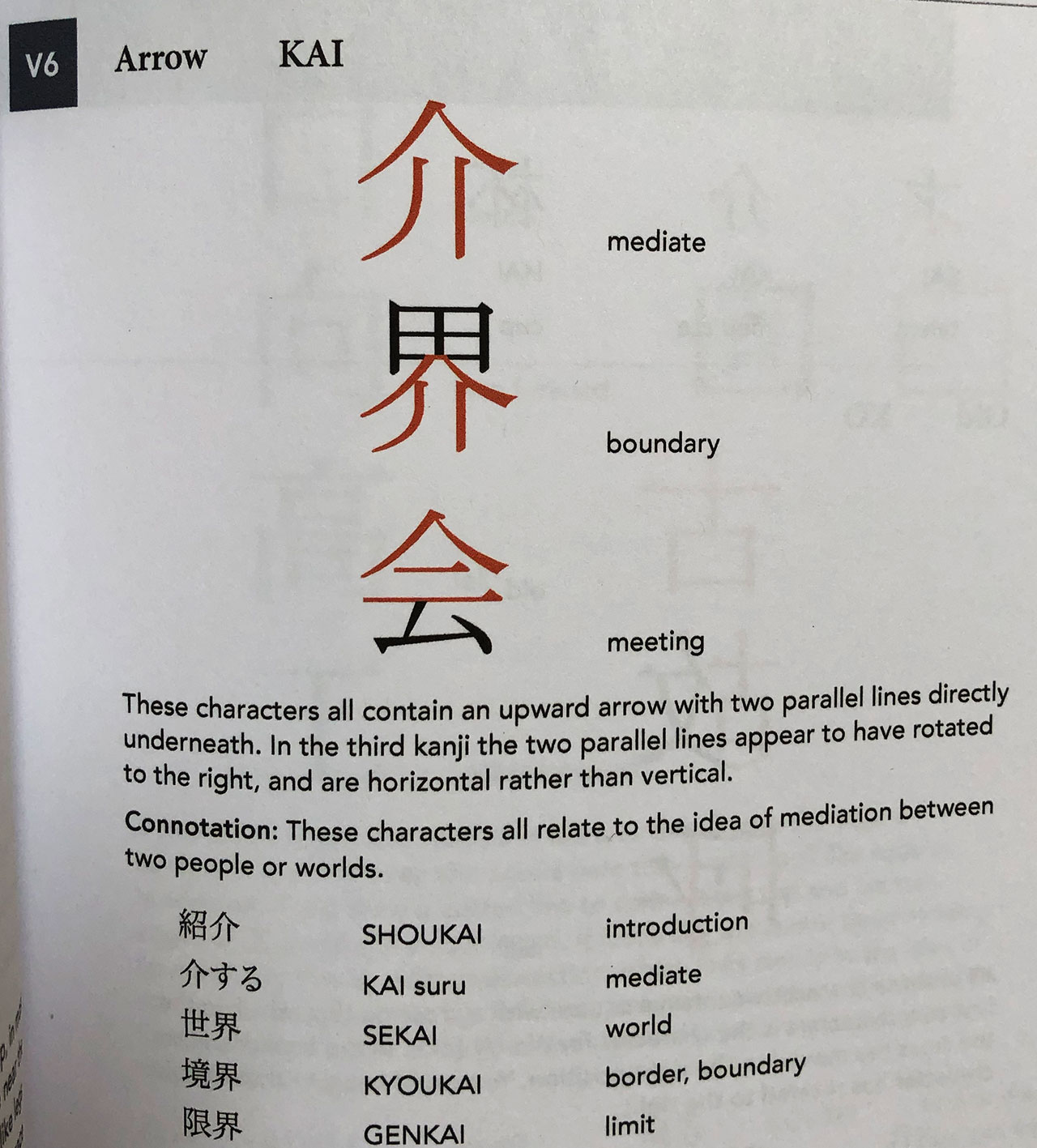
The third and final section is the most unique. It lists visual or artistic patterns that tie kanji together with their on'yomi readings. Some have similar strokes or shapes, or simply look similar if you squint. (I'm not joking!)
The Kanji Code is very well laid out, its paper of satisfying quality, and its content rich and engaging. If you've been trying to learn kanji meanings using a similar book method and need a resource to help you with the next step, this is a great book to pick up.
Niai
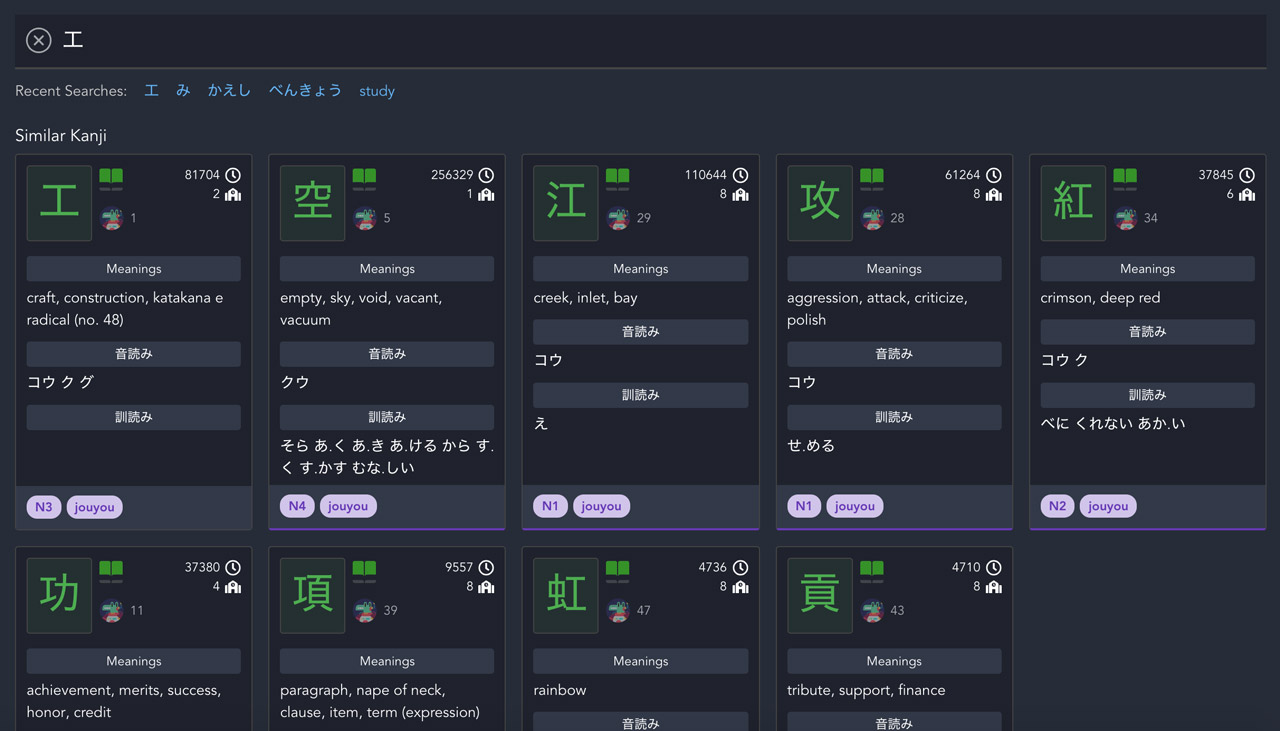
While Niai works somewhat like other online dictionaries, its purpose is to identify similar kanji, synonyms, and homonyms. That way, when you see, hear, or read a word in Japanese, you can use Niai to learn related items that may be getting mixed up in your head. Pretty handy.
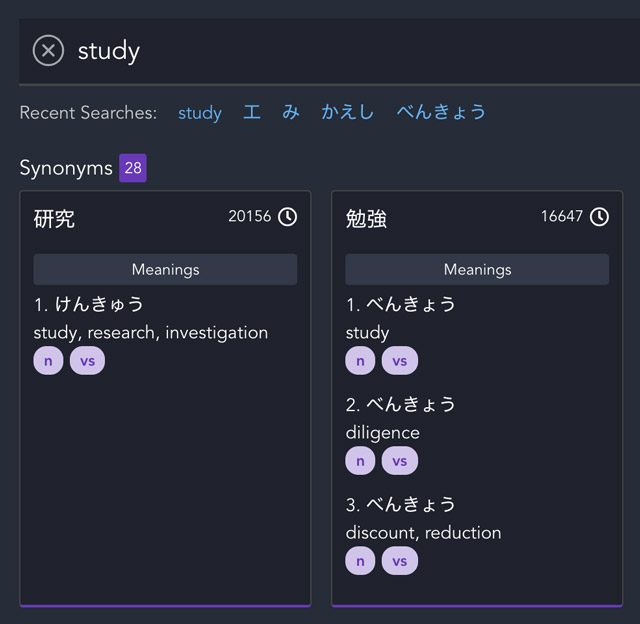
Look up a kanji in Niai, and you'll likely see a number of similar kanji, complete with extra info: meaning, reading, frequency, school grade, JLPT and WaniKani levels, and Jisho link. The best part? All this is laid out on convenient cards, making it easy to compare information side-by-side.
For example, if you search for 功, you'll see similar kanji with the radical 工 and notice that all the on'yomi for these kanji can be read as コウ. Helpful! As with other online dictionaries, you can discover similar synonyms and homonyms by searching for English meanings or Japanese readings in hiragana.
Sometimes you won't get a similar kanji you're expecting, or you won't get any similar kanji at all, even though they share the same radical. When I searched for 刊, for example, all the results shared the 干 radical, but none had 刂.
That said, Niai is very useful, and what it does provide is helpful. Its layout alone is worth a visit, as is the hour you'll spend tumbling down its related-kanji-synonym-homonym rabbit hole!
Benkyou

The Benkyou app for iOS and Android lets you study kana flashcards with an easy swipe-left/swipe-right interface. And plugging in your WaniKani API lets you study even more!
Using Benkyou is straightforward: from the home screen, choose hiragana, katakana, or WaniKani. For kana, check the rows you want to review, click "Study," and the first flashcard appears. There's no forced input, so simply say or think your answer, then tap the card to see if you were right. If you were, swipe right — if not, swipe left.
Connecting your WaniKani API adds a whole world of flashcard-swipe reviews.
Connecting your WaniKani API adds a whole world of flashcard-swipe reviews, including radicals, kanji, and vocabulary from all levels, as well as your critical and recently unlocked items. You can also study burned items to see how well you remember them, then decide if they need to be unburned and re-added to your queue.
Benkyou's only drawback is the lack of forced input, which is our preferred way to study flashcards. Still, if you have a few minutes to kill while holding groceries in one arm, the swipe-left/right review system is a quick and easy way to study.
Kana - Hiragana and Katakana
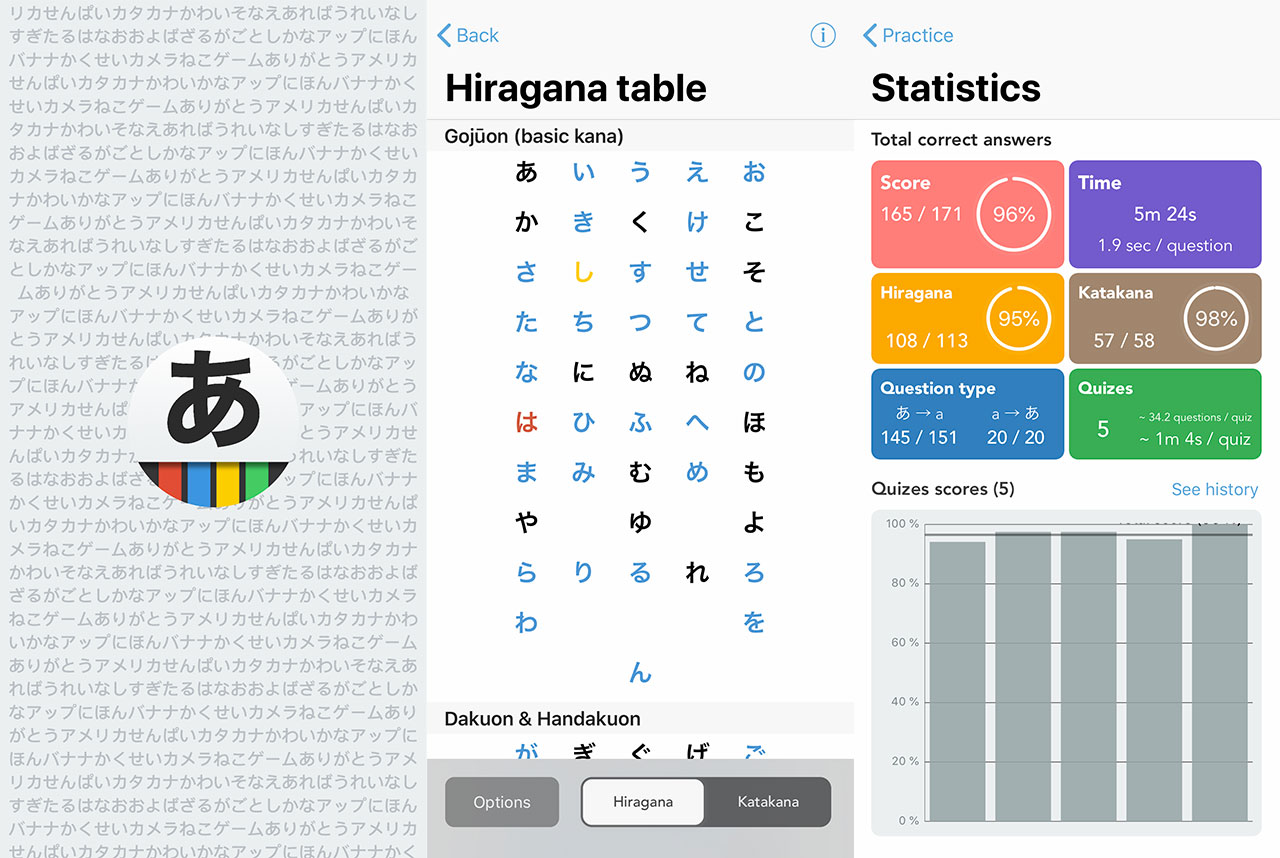
Originally called Kana - Learn Japanese Alphabet, this app aims to teach hiragana and katakana through customizable quizzes.
After consulting the kana tables, you can choose to practice all or some of the items from them. You can also create custom lists, drawing from kana you want to study together, or even just the problem kana you have.
"Practice/Quizzes" gives you either the kana or the romaji, and you can choose among four possible options. If you choose right, the selection turns green and rewards you with a little "Correct" haptic feedback, automatically moving to the next question. If you don't, the selection turns red and the correct answer turns green. Move on when you're ready. When you're done, you receive a detailed summary page with your score, total time, and a breakdown of each item.
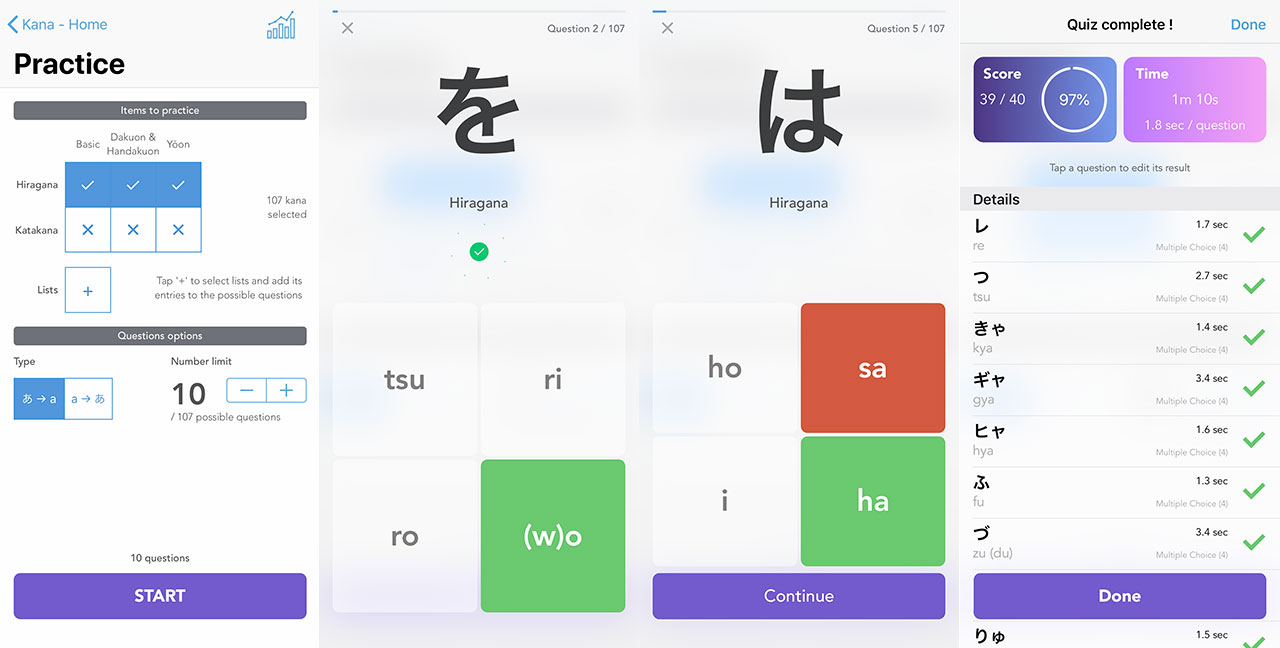
As you complete quizzes and practice recognizing kana, the dashboard and the kana charts change to reflect how you're doing. One of the best things about this app is the detailed information it stores about each character. If you've been getting an item wrong, the color of that item will change when you look at the charts. You can then click on the item to see how many times you've gotten it right or wrong, as well as how long, on average, it's taken you to answer it in quizzes. And you can add it to your study lists to make sure you remember it next time.
The app features a decent amount of customization: you can, for example, make your own quizzes from any of the included kana, format quizzes to ask you to choose from kana or romaji answers, and toggle colors and haptic feedback on and off so the app feels personalized to your tastes. There's a lot here!
So, go learn your kana already!
Decks (Memrise)

Memrise has long been a favorite of the Japanese-learning community, thanks to the UI polish it brings to the SRS experience. Until now, the company's own carefully-crafted content lived side-by-side with decks created by the community. This made it hard to know exactly what you should be studying.
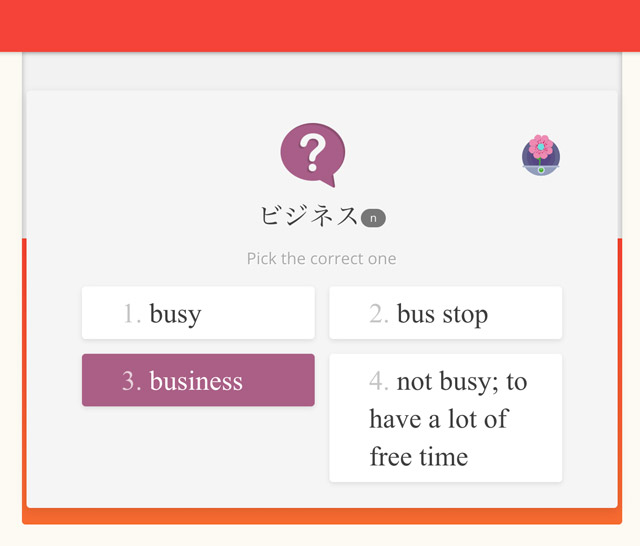
Thankfully, Memrise created a solution: a site called Decks, which acts as the new home for all user-generated lessons and leaves mainline Memrise to stand on its own.
If you've been using Memrise for a while, almost nothing is different — you'll just go to a different place for your niche decks of Genki vocab and collocations. Interfaces for the two sites are nearly identical, so switching between them is easy.
The drawbacks are the same as with any community-driven content: if you don't know who's teaching you, there's a chance they could be teaching you something wrong. While doing quizzes for this review, for example, I noticed a few iffy questions, some with half-true or simply incorrect answers. Another deck I tried was solid, however. Be careful choosing what to study.
Memrise itself has its pros and cons, but if you want years and years of Japanese learning content with an appealing, easy-to-use interface, Decks is worth checking out. The bottom line? Giving user-created content its own home makes the overall Memrise experience much better.
Terrace House: Opening New Doors, Part 6
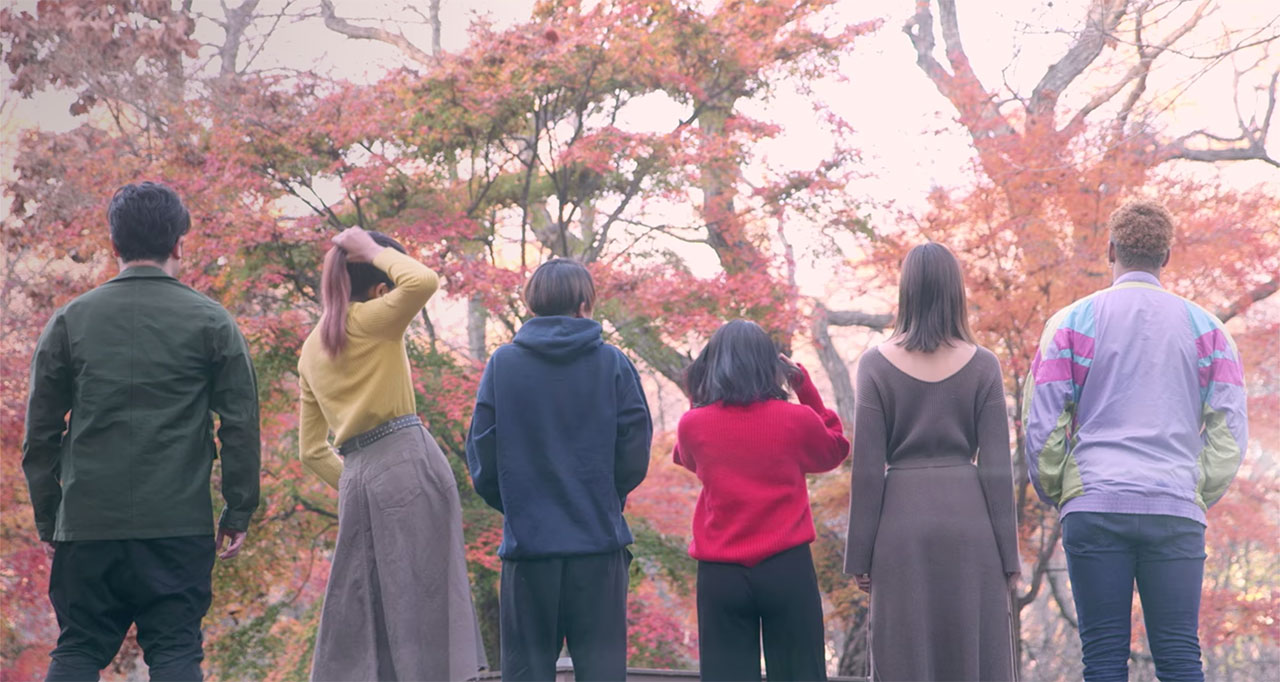
Terrace House: Opening New Doors is a Japanese reality TV series set in Karuizawa, in Nagano Prefecture in Japan. The final (!) season came to Netflix US, which makes for the perfect opportunity to use the series to test your Japanese listening skills. Listen to (supposedly) unscripted conversations in Japanese about life goals, love, and drama. Find a character you connect with and try to imitate how they speak. Turn on the Japanese subtitles to follow along and test your reading skills at the same time.
Need more? You can always go back and watch Boys and Girls in the City or Aloha State—two more Terrace House franchises—to expose yourself to even more people and different ways of speaking.
Ainori: Love Wagon: Asian Journey, Season 2
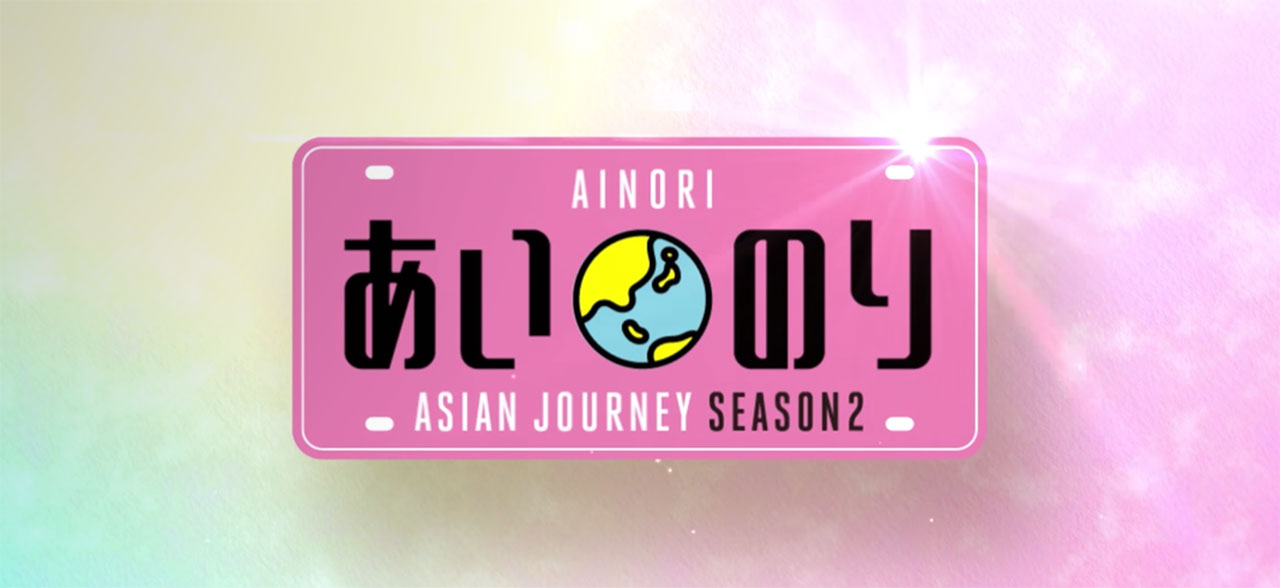
Follow along as a group of seven young Japanese travelers search for true love… on one tiny bus.
This season brings a mix of new and familiar faces, and the journey continues through India, Nepal, Kyrgyzstan, and more. The show provides another fun way to test your listening and reading skills (with subtitles, of course). You'll be able to hear how normal people from different backgrounds and regions of Japan speak, as well as learn about various Asian countries.
If you want to read more about Ainori, check out the first time we wrote about them.
That's it for this month! We'll see you next time with more new Japanese learning resources. If you find any just as they're making their debut, please send us a heads-up at hello@tofugu.com or on Twitter at @tofugu. We'll give you a shout-out if you do! 🙌
